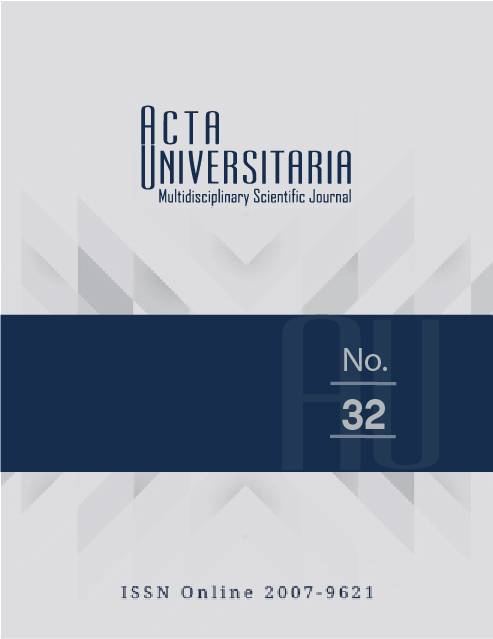Study of the effects of vanadium and molybdenum on the microstructure of ductile iron (DI) and austempered ductile iron (ADI) and their corrosion resistance
Published 2022-01-26
How to Cite
Abstract
Ductile iron (DI) can acquire various properties with the addition of alloying elements and through heat treatment. In this work, the effects of vanadium and molybdenum on the microstructure and corrosion resistance of DI and austempered ductile iron (ADI) were studied. Corrosion resistance was evaluated by potentiodynamic polarization techniques in 0.5 M H2SO4, 0.5 M NaCl, and 05 M NaOH as electrolyte. The ADI alloyed with vanadium presented an
upper ausferritic microstructure consisting of broad ferrite needles, while the combination of vanadium and molybdenum allows obtaining a fine microstructure composed of ausferrite and thin needles of ferrite; this microstructure improves the corrosion resistance in NaCI and NaOH. The DI’s showed corrosion due to the galvanic pair between the graphite nodule and the ferrite; however, a high amount of carbide increases the corrosion resistance in H2SO4.


